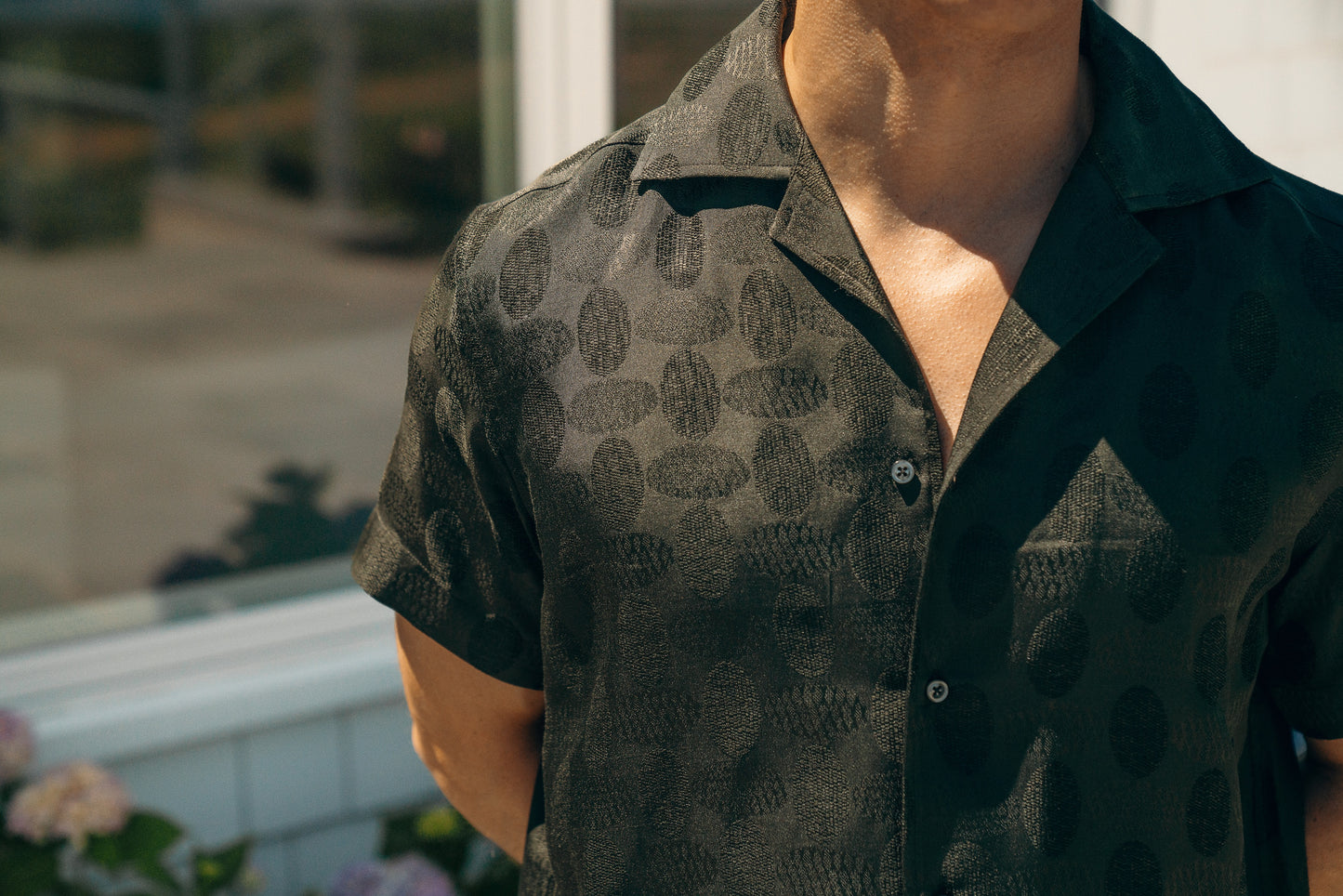Luxury knitwear usually revolves around cashmere, merino, alpaca, or vicuña. Tanuki, also known as Asiatic raccoon or raccoon dog yarn, does not have the same profile but it has been spun by mills like Consinee for decades. It is a real, usable fiber with specific properties and it requires clear explanation for anyone serious about fabrics.
Defining the Fiber
The Asiatic raccoon dog (Nyctereutes procyonoides) grows a dense undercoat in cold months. This undercoat can be dehaired, scoured, and spun into yarn. Because staple length is short, it is usually blended with cashmere, wool, or silk for stability.
Consinee, one of China’s leading luxury spinners, offers raccoon and raccoon-blend yarn lines for commercial use. Leartex likewise documents raccoon fiber as a legitimate, workable option with softness and loft similar to brushed alpaca.
Unlike novelty fibers, tanuki yarn has an industrial supply chain, although on a smaller scale than cashmere or merino.
Handfeel and Performance
Tanuki yarn has a distinct profile:
Loft: it traps air and produces a natural halo on the garment surface.
Warmth: it has a high warmth-to-weight ratio and can outperform wool at the same gauge.
Softness: comparable to a fine wool-cashmere blend; not as sleek as pure cashmere but noticeably light.
Elasticity: lower than merino; garments need blends or structural engineering to prevent sagging. In practice, the yarn creates sweaters that feel airy and warm, with a brushed look that distinguishes them from smooth cashmere knits.
Sourcing and Availability
Most supply comes from northern China, where raccoon dogs are raised and live under humane conditions. Mills such as Consinee purchase undercoat fiber, dehair it, and spin it into blends.
Availability is smaller and less predictable than cashmere, so raccoon yarn tends to appear in seasonal catalogs rather than permanent collections. Unlike cashmere, which has consistent micron categories (baby at about 13.5 μm; regular at 15–16 μm), raccoon fiber has no global micron testing standards.
Quality depends on mill control, which is why sourcing from established spinners is essential.
Care and Longevity
Raccoon blends require careful care.
Early shedding is normal because of the halo; guard hairs release during the first few wears. Cold washing and flat drying minimize fiber loss. Blends with cashmere or wool stabilize the knit and extend lifespan. Well-made garments can hold form for decades.
Ethical Considerations
Labeling clarity matters.
“Raccoon yarn” refers to Asiatic raccoon dog fiber, not the common raccoon. Transparency on this point is critical.
For WvG, the baseline is clear: If a mill cannot provide sourcing transparency, the fiber does not enter production.
Consinee, given its scale, is one of the few mills with chain-of-custody systems strong enough to make raccoon yarn viable.
As of the publishing of this article, WvG is the only brand using this yarn in the U.S.
Comparisons to Cashmere
Cashmere remains unmatched for micron uniformity and structured drape. Tanuki yarn is not a replacement; it is an alternative with a different profile.
Cashmere: compact, smooth, micron-certified, consistent.
Tanuki: loftier, haloed surface, warmer per gram, less structured. Both fibers can produce luxury knitwear, but the end use differs.
Cashmere works for dense, tailored knits; raccoon blends work best for airy sweaters where warmth and softness take priority over structure.
What This Means for Knitwear
Tanuki yarn has been spun by respected mills for decades. It is warmer and loftier than wool, lighter than many cashmere blends, and visually distinct with its halo. It is also less predictable and requires transparent sourcing.
At WvG, we value using unique yarns, such as raccoon yarns, to enhance the quality of our garments. Check out our wide range of natural fibers today.



